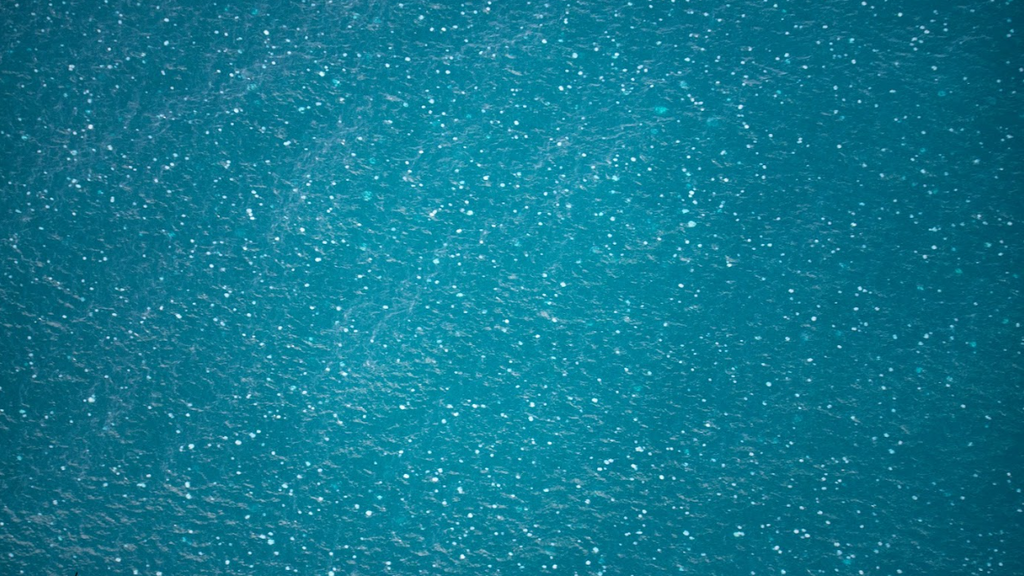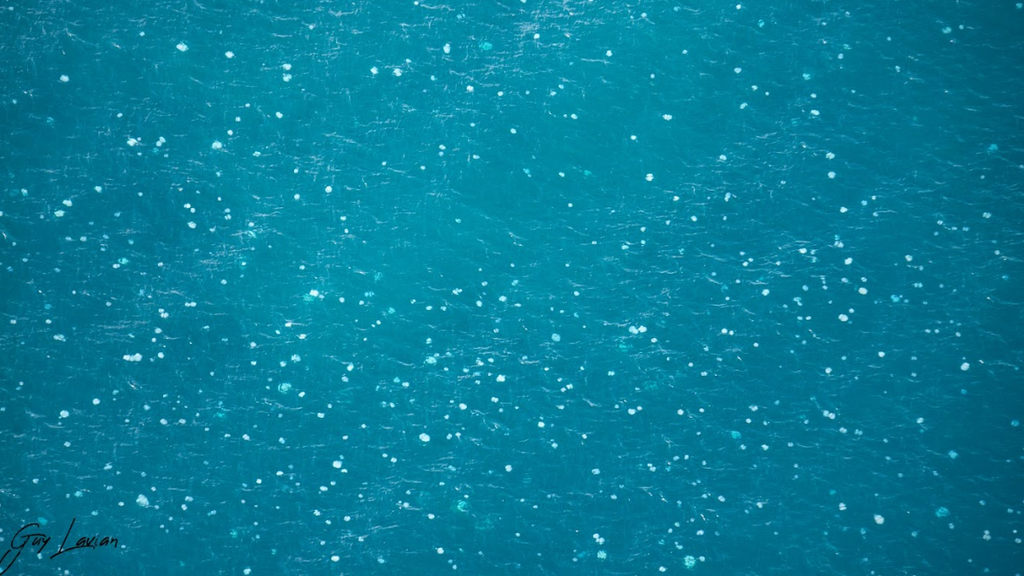Jellyfish off the cost of Israel
(Nature and Parks Authority )
Israel Nature and Parks Authority’s Guy Levian on Sunday captured photos of a massive jellyfish swarm off the coast of Haifa.
The Israel Nature and Parks Authority said that the severe weather conditions and high temperatures during June brought the swarms to Israel's beaches. Bathers already reported stings and encounters with various jellyfish species, including the nomad jellyfish, the brown jellyfish, and the smooth-edged blue jellyfish.
Dr. Uri Fried, a marine ecologist at the Israel Nature and Parks Authority, said, "Jellyfish are invertebrates belonging to the phylum Cnidaria, which also includes corals and sea anemones. Ten jellyfish species are known in Israel, most of them being invasive. The most common species is the nomad jellyfish – which is the one we often encounter at beaches during the summer months."
He said other species might occasionally be seen drifting along with it. "For example, the blue jellyfish - some of which are native species in the area that were once more common along our coasts. This jellyfish has prominent blue edges, and its sting is not as painful as that of the nomad jellyfish. We can also see other invasive species of beautiful jellyfish, whose stings are not as painful, such as the spotted jellyfish or the mauve stinger."
Jellyfish, he said, were very affected by climate change and warming seawater. "It’s been challenging to predict when the swarms will reach our shores in recent years," he said.
"There were also years when we didn’t see many jellyfish in the summer but rather in the winter. The Meduzot website (an Israeli jellyfish monitoring website) has a lot of information about the different jellyfish and other cnidarians,” he added.
“If you encounter jellyfish, it’s recommended to report it on the Meduzot website. Reporting helps researchers map and time the arrival of jellyfish along Israel's coasts and improve our knowledge about them."
Dr. Fried explained, "According to the Meduzot website, we can see the swarms approaching us, and will likely see many jellyfish on the beaches and feel their sting in the coming weeks. Jellyfish are much more beautiful in the water, and it’s recommended to enter the water near the coast and look for the different species while keeping a safe distance."
First published: 09:59, 06.23.24






